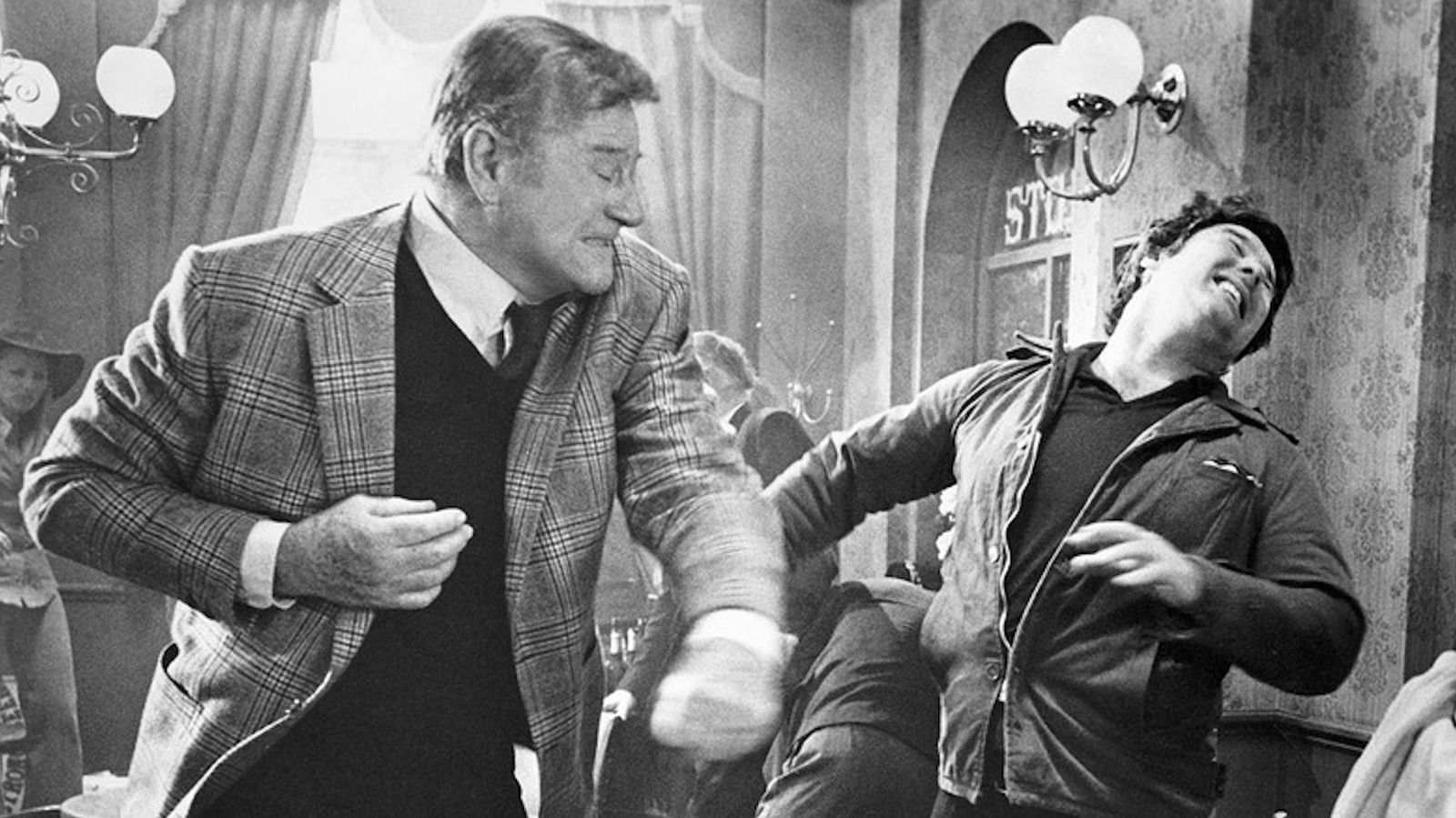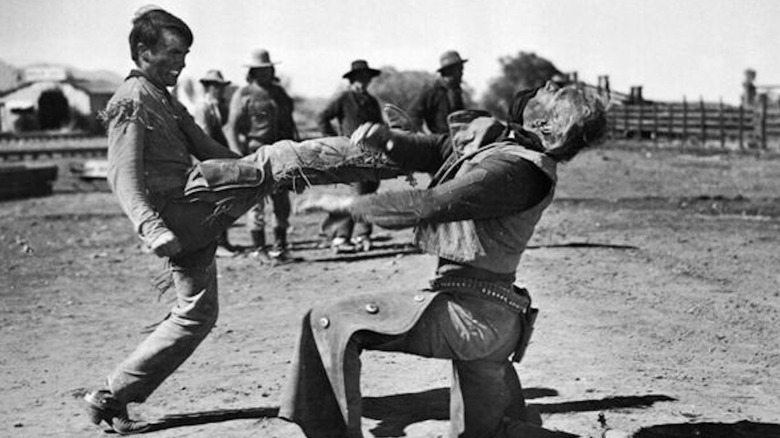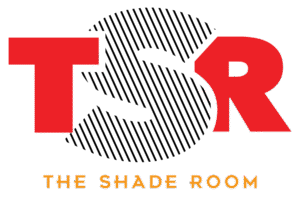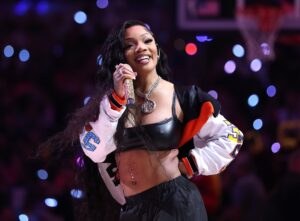John Wayne’s Greatest Contribution To Westerns, According To Himself
It is difficult to think of a film star who did more to dictate the course of films in the United States during the 20th century than John Wayne. The native of Iowa, who owes his acting career to John Ford and Tom Mix making the legendary football coach of the USC Howard Jones a minor favor, slipped it as a contractual player throughout the 1930s until, at the end of the decade, he spun a Winchester Car The Ringo Kid in “Stagecoach”. This moment, this film, changed the West forever. Before Ford’s masterpiece, the genre was essentially pulp cinema; After it became massive success, Westerns acquired the power of myth.
Advertisement
Wayne firmly believed that Westerners existed to tell stories about the pursuit of the manifest fate of America. Wayne was so serious on this subject that, at the end of his career, when Clint Eastwood approached it about the co-star in a western together, he wrote a letter reprimanding his Oater heir for having sucked the purity of the genre with The “dark and violent” “drifter”. Regarding the Duke, he was not only a Western star. He was Westerns.
This has led to a large part of humor and, sometimes, an overexploitation as to its pioneering achievements within the genre. Only a fool would question the importance of Wayne as a Western star, but other actors – notably Gary Cooper, Henry Fonda and James Stewart – were also an integral part of his development in the 1940s and 1950s. Thus, when the Duke said, for example, that he has revolutionized the way a hero is fighting in a Western, many salt grains must be taken.
Advertisement
John Wayne fought hard and dirty
Wayne was fiercely protecting her image. Although he enabled the directors he confident (namely, John Ford and Howard Hawks) launch him as protagonists who were not entirely sympathetic, there were things that he would simply not do. When Wayne’s final film script, “The Shootist”, called him to shoot a attacker at the back during the culminating shooting, the star set foot. Although his shooter miraculously survived to see old age despite having killed dozens of men (which probably forced him to commit a lot of dishonorable actions), Wayne the icon on the big screen refused to shoot a man who could not see the ball coming.
Advertisement
Curiously, this honorable state of mind did not apply to the punches on Wayne’s screen. When it was a question of throwing with a villain (or, in the case of “Red River”, his adopted son), Wayne clearly indicated that her characters would do anything to get out of a song. In fact, according to the Duke, his philosophy without restraint regarding body -to -hand combat changed the situation. According to an interview extracted in A literary center essay By Tyler Malone:
“Before coming, it was the standard practice that the hero must always fight clean. The heavy one was allowed to hit the hero in the head with a chair or throw a kerosene lamp or give him a kick in the stomach, but the hero could only overthrow the bad guy and then wait for him to get me up. I fought to win.”
Advertisement
Regarding fighting, Wayne has talked a lot. He threatened At the Robert Duvall level On the set of “True Grit”, and were obviously not shy to use its considerable size (it was 6’4 “and weighed in the district of 220 pounds when it is in good health) to intimidate anyone who challenged it. Wayne’s largest contribution to the fights on the screen was by studying Pugilists like Jack Dempsey, and learning to simulate a punch overwhelming the jaw.













Post Comment